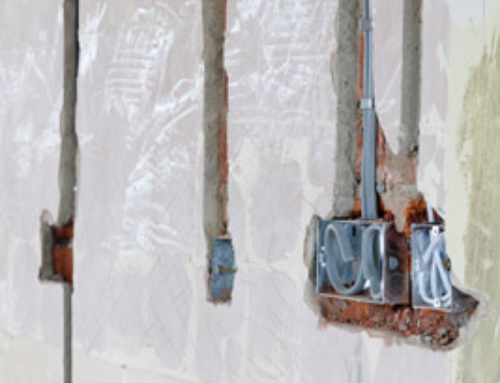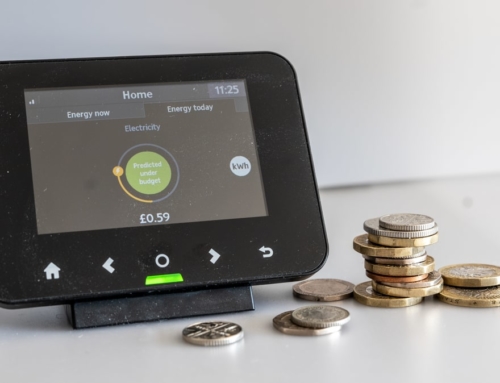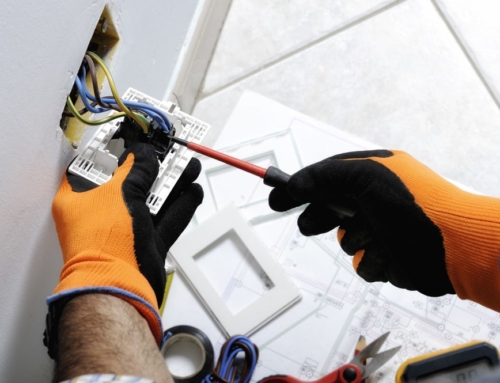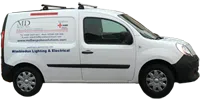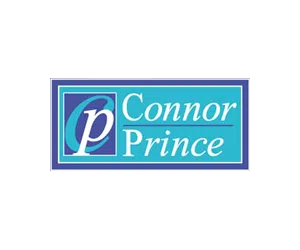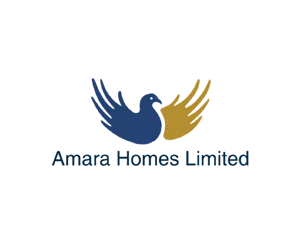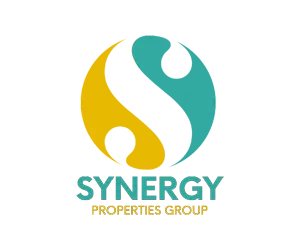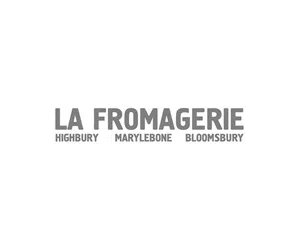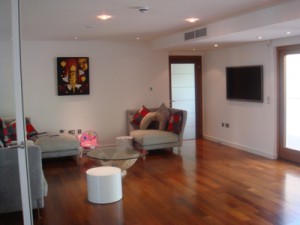
Adding spotlights to your living room
Ceiling spotlights, or downlights, are a great alternative to a central pendant light. We’ve also fitted ceiling spotlights in rooms where the only light source came from wall lights, and this can dramatically change the feeling of space.
But downlights aren’t for everyone, and there are some situations where we wouldn’t advise them. But for some householders, they can make the difference between a dark space and a bright, usable room.
Pros of spotlights
Ceiling spotlights used to have a reputation for being a big draw on power, but LED bulbs have changed all that. An LED can run for tens of thousands of hours without failing – estimates range between about 3 years’ constant use up to as many as 15 years.
LEDs aren’t a one size fits all solution, either. You can choose different light colours and beam angles so that the light covers the room adequately. Some LEDs can be used with a dimmer switch – make sure you let us now you want a dimmer before we get started. Lights can be installed in clusters and controlled separately for different lighting effects; this is handy in kitchens and bathrooms where you may want to zone the lights.
It’s possible to purchase fire rated downlights that fully seal the hole between the rooms above and below. In the event of a fire, this would prevent the spread of the flames.
Cons of installing spotlights (or downlights)
To install downlights, we need to mount the lights a certain distance apart. This is essential to prevent overheating and fires. Even if you use LED, which generates less heat, we still recommend that lights are not crammed in to small spaces – just in case.
You can’t lay loft insulation over downlights, so if they need to be placed in a loft space, we will need to place caps over them so that the insulation material doesn’t touch the lights. This is a better option than cutting insulation, since cutting would violate Part L of the building regulations (which states that insulation needs to be “continuous”).
Some downlights are designed to have insulation over them, but these are specially marked with the F capped triangle. Note that this is not the same as the normal F mark. If you are in any doubt please consult a trained electrician.
Installing downlights and spotlights will damage your ceiling and could increase the amount of noise from rooms above.
Professional Spotlight Installation
Before new lights are installed, it’s important to check that your existing electrical system can cope with the extra load. This is not to be taken lightly, since an overloaded circuit could be dangerous.
Many DIYers feel they can install downlights and spotlights themselves, but we always suggest consulting an expert. The work will need to be fully Part P compliant to be legal and safe, and if you botch it, it could cause fire, death or unsightly damage to your property.
MD Bespoke Solutions offers an affordable installation service for downlights and spotlights. When you hire us, you benefit from years of experience working with electrics safely, and we can make sure you’ve got the right hardware before we begin.

